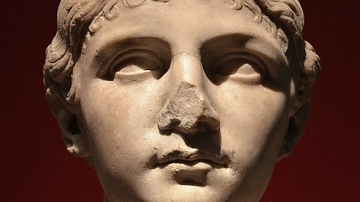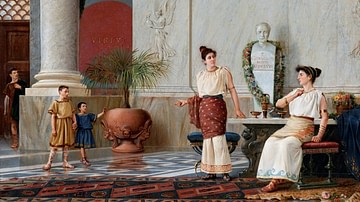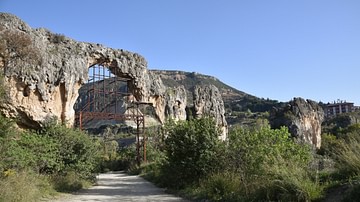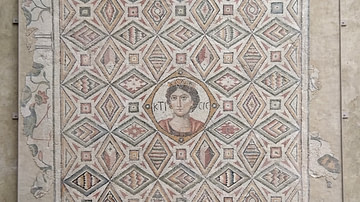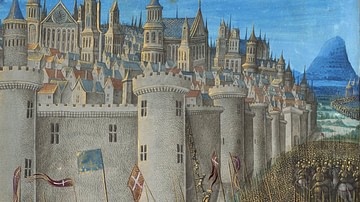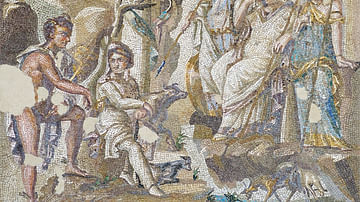Illustration
The woman, whose name was inscribed on the plinth as Cornelia Antonia, wears a long and voluminous chiton with a large himation, covering the entire body and falling down onto the plinth. Although the posture of the body and the positions of the limbs are classical, in the eyes, nose, and mouth, a successful attempt towards achieving an individual characterization may be observed. Marble. Roman Period, Antonine Dynasty, 2nd century CE. From Antioch of Pisidia (Antiocheia ad Psidium), Yalvaç, in modern-day Turkey. (Museum of Archaeology, Istanbul, Turkey).
About the Author
Cite This Work
APA Style
Amin, O. S. M. (2018, May 12). Statue of Cornelia Antonia from Antioch of Pisidia. World History Encyclopedia. Retrieved from https://www.worldhistory.org/image/8701/statue-of-cornelia-antonia-from-antioch-of-pisidia/
Chicago Style
Amin, Osama Shukir Muhammed. "Statue of Cornelia Antonia from Antioch of Pisidia." World History Encyclopedia. Last modified May 12, 2018. https://www.worldhistory.org/image/8701/statue-of-cornelia-antonia-from-antioch-of-pisidia/.
MLA Style
Amin, Osama Shukir Muhammed. "Statue of Cornelia Antonia from Antioch of Pisidia." World History Encyclopedia. World History Encyclopedia, 12 May 2018, https://www.worldhistory.org/image/8701/statue-of-cornelia-antonia-from-antioch-of-pisidia/. Web. 17 Apr 2025.



